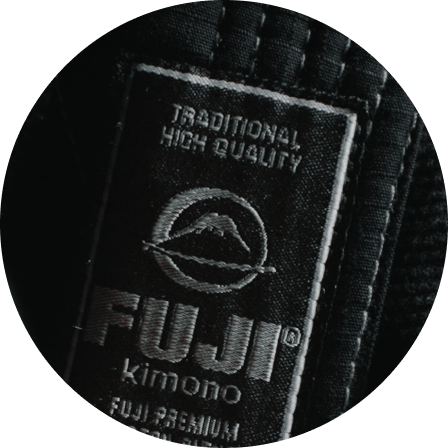
When we think of Bruce Lee throwing a kick, Muhammad Ali dodging a punch, or a great wrestler like Dan Gable swiftly shooting in for a double-leg takedown and dumping his opponent on the mat, we c...

How to getting strong, without getting big
Now that strength training has become a commonplace for grapplers, a question keeps popping up, “how do I build strength without putting on weight?” First, let me say that strength doesn’t direct...

When it comes to lifting just execute!
There is an abundant amount of information floating around the internet with regards to proper training, proper nutrition, proper mental preparation, and proper technique for grapplers. In fact, t...

Nutrition For Grapplers & How To Fuel For A Fight
For the grappler, nutrition is no great mystery. In some way or another, your relationship with food via building, weight cuts, and preparation for competition has been developing since the very f...

Small Things To Consider For Proper Recovery
How many of you have been to a supplement store? My guess is the vast majority. Supplement shops and “cure all” remedies aren’t new concepts. Magic potions, elixirs, tonics and the like have been ...

What's The Best Kettlebell Training For You?
Freestyle vs. Strict Kettlebell Training Kettlebells are a super versatile training tool that a lot of combat athletes both enjoy training with and find a lot of success training with. I’m willing ...



